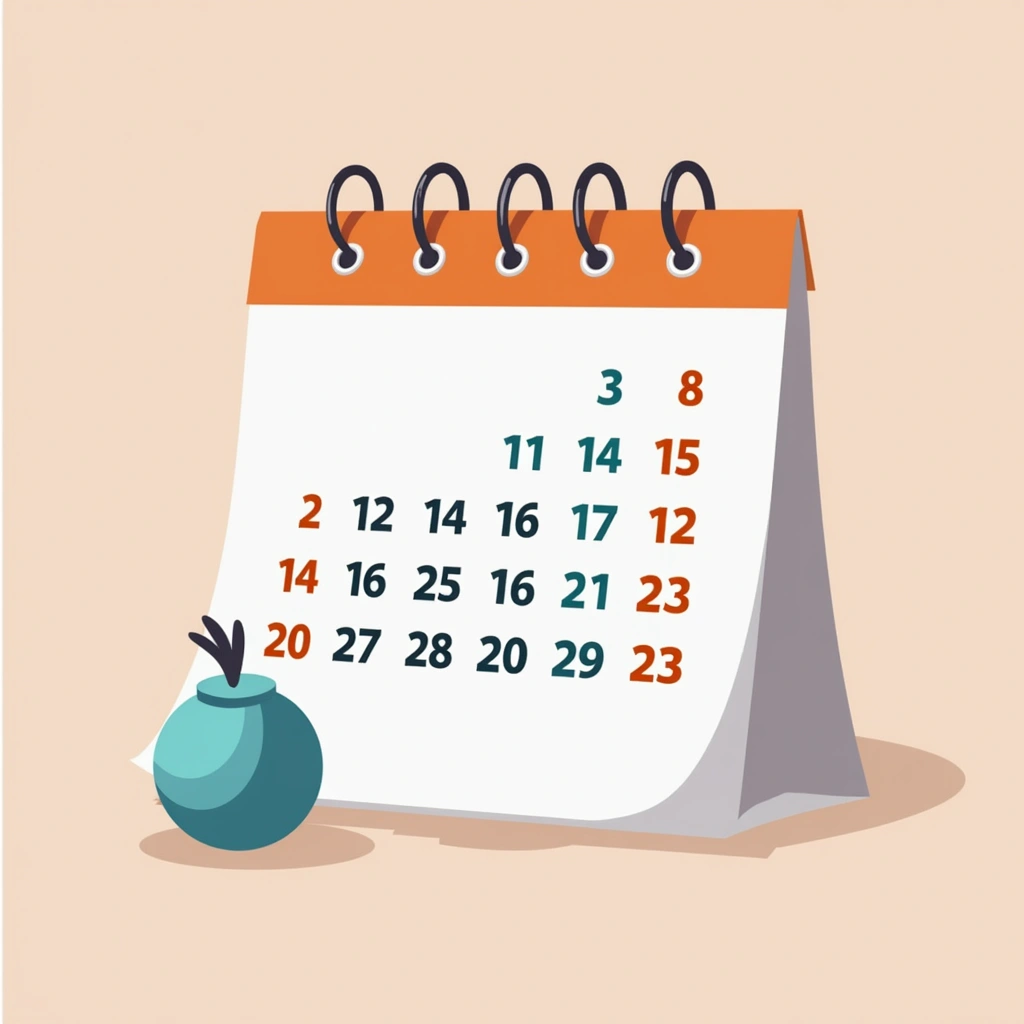David Ogilvy Habits Crafting Compelling Advertising
The Habits of David Ogilvy
David Ogilvy, a titan of advertising, didn't just rely on innate creativity. His success stemmed from a set of meticulously crafted habits that emphasized deep research, rigorous testing, and an unwavering focus on clear, persuasive communication. These habits, meticulously documented and practiced, formed the bedrock of his legendary career and groundbreaking advertising campaigns.
From demanding distraction-free writing environments to immersing himself in client industries, Ogilvy's approach was both systematic and deeply insightful. He understood that impactful advertising was not about fleeting trends but about timeless principles of human psychology and strategic message delivery. His habits offer a blueprint for anyone seeking to elevate their creative work and achieve measurable results.
- Key Focus Points of Ogilvy's Habits:
- Data-Driven Creativity
- Clarity and Simplicity in Communication
- Strategic and Goal-Oriented Approach
- Continuous Learning and Improvement
- Disciplined Creative Process
Delve into David Ogilvy's daily practices to unlock the power of disciplined creativity and strategic advertising.
Filter Habits
 David Ogilvy's Habit Sets
David Ogilvy's Habit Sets

Write in distraction-free environment
Complete all writing tasks at home to avoid office interruptions. Maintain separate physical spaces for creative work vs collaborative tasks.
Why This Matters
David Ogilvy found office environments too disruptive for deep creative work. This habit allowed him to focus completely on crafting compelling copy without distractions, directly supporting his goal of producing high-converting advertisements.

Study historical advertising precedents
Analyze 20 years of competitor advertisements before creating new campaigns. Maintain archives of successful/unsuccessful marketing attempts.
Why This Matters
Ogilvy believed understanding advertising history prevented repeating mistakes and revealed timeless psychological triggers. This research-intensive habit informed his data-driven approach to persuasion.

Create 20 headline variations
Generate 20+ headline options for every advertisement. Test headlines with colleagues and target audiences before selection.
Why This Matters
Ogilvy considered headlines the most critical element, consuming 80% of an ad's potential value. This rigorous process increased odds of finding impactful hooks that drove reader engagement.

Morning creative deep work
Reserve 8 AM - 12 PM exclusively for writing and concept development. Protect this time from meetings or administrative tasks.
Why This Matters
Ogilvy leveraged peak mental freshness for original thinking. This habit ensured his best cognitive resources were allocated to high-value creative work before decision fatigue set in.

Evening research sessions
Dedicate 7-10 PM to reading industry reports, psychology texts, and consumer studies. Cross-reference findings with current projects.
Why This Matters
Ogilvy maintained competitive advantage through continuous learning. These sessions fueled his understanding of human behavior and emerging trends.

Client expectation alignment
Define campaign objectives in writing before creative work. Obtain signed agreement on strategy and success metrics.
Why This Matters
Ogilvy prevented wasted effort by ensuring complete alignment upfront. This habit established clear boundaries and reduced revision cycles.

Multi-stage editing process
Edit copy 4-5 times over multiple days. Sleep on drafts before final revisions. Read aloud to catch awkward phrasing.
Why This Matters
Ogilvy considered editing his core skill. This layered approach removed weaknesses while preserving intentional messaging architecture.

Strategic networking lunches
Host working lunches with colleagues and clients. Discuss industry developments while building relationships.
Why This Matters
Ogilvy leveraged meal times for informal knowledge sharing. This habit maintained his market awareness while strengthening professional bonds.

Post-workday review
Spend 30-60 minutes analyzing daily outcomes. Compare results against long-term goals before planning next steps.
Why This Matters
Ogilvy used reflection to maintain strategic direction. This habit ensured tactical efforts always served larger objectives.

Alcohol-assisted ideation
Use moderate rum consumption to overcome creative blocks. Employ alcohol strategically to lower inhibitions during brainstorming.
Why This Matters
Ogilvy found controlled intoxication helped bypass overthinking. This unorthodox habit released subconscious ideas through altered states.

Collaborative feedback loops
Share drafts with colleagues before client presentation. Incorporate diverse perspectives while maintaining creative control.
Why This Matters
Ogilvy balanced individual vision with team wisdom. This habit improved work quality while maintaining authorial responsibility.

Jargon-free communication
Eliminate technical terms and corporate buzzwords. Use simple vocabulary familiar to target audiences.
Why This Matters
Ogilvy believed clarity increased persuasion. This habit forced precise thinking and made messages accessible to all readers.

Relentless campaign testing
Conduct split-run headline tests. Validate concepts through audience research before full rollout.
Why This Matters
Ogilvy distrusted untested assumptions. This habit grounded creative decisions in empirical evidence rather than personal opinion.

Physical idea capture
Handwrite all concepts before typing. Maintain paper records of brainstorm sessions.
Why This Matters
Ogilvy found analog methods enhanced creativity. This habit created tactile engagement with ideas during development stages.

Brand-centric messaging
Frame all copy as brand equity contributions. Ensure consistency across campaigns and touchpoints.
Why This Matters
Ogilvy built enduring brand value through cumulative efforts. This habit prevented short-term thinking in advertising execution.

Early industry immersion
Spend 3+ weeks researching client industries. Master product details before creative work.
Why This Matters
Ogilvy believed deep expertise enabled compelling storytelling. This habit informed his famous product-focused campaigns like Rolls-Royce.

Direct response focus
Include clear calls-to-action in all marketing. Design campaigns to drive measurable behaviors.
Why This Matters
Ogilvy prioritized business results over creative awards. This habit ensured advertising served commercial objectives.

Ethical client selection
Refuse projects conflicting with personal values. Maintain strict moral standards in business dealings.
Why This Matters
Ogilvy protected agency reputation through careful vetting. This habit built long-term trust with quality-conscious clients.

Humor integration
Incorporate wit into team interactions. Use comedy to stimulate creative thinking during meetings.
Why This Matters
Ogilvy believed levity enhanced innovation. This habit created psychological safety for experimental ideas.

Persistence protocol
Revise rejected proposals 3+ times. Continue refining concepts despite initial client objections.
Why This Matters
Ogilvy viewed rejection as iterative feedback. This habit increased win rates through demonstrated commitment.

Cross-disciplinary learning
Study non-advertising subjects weekly. Apply insights from psychology, art, and science to campaigns.
Why This Matters
Ogilvy fueled creativity through diverse inputs. This habit prevented insular thinking in marketing strategies.
Key Takeaways from Ogilvy's Habits
Ogilvy's habits offer profound insights into building a successful and impactful creative practice.
- Embrace Deep Work: Prioritize distraction-free time for focused creative tasks, mirroring Ogilvy's dedication to writing in solitude.
- Become a Relentless Researcher: Thoroughly research your target audience, industry, and historical precedents to inform your creative strategies, just like Ogilvy.
- Test and Iterate: Rigorously test headlines, concepts, and campaigns to optimize for maximum impact, adopting Ogilvy's data-driven approach.
- Communicate with Clarity: Use simple, jargon-free language to ensure your message resonates with a wider audience, emulating Ogilvy's commitment to clarity.
- Maintain Brand Focus: Always consider brand equity in your creative work, mirroring Ogilvy's brand-centric approach to build long-term value.
Implement these key takeaways to cultivate your own Ogilvy-inspired habits and transform your creative work into impactful results.
